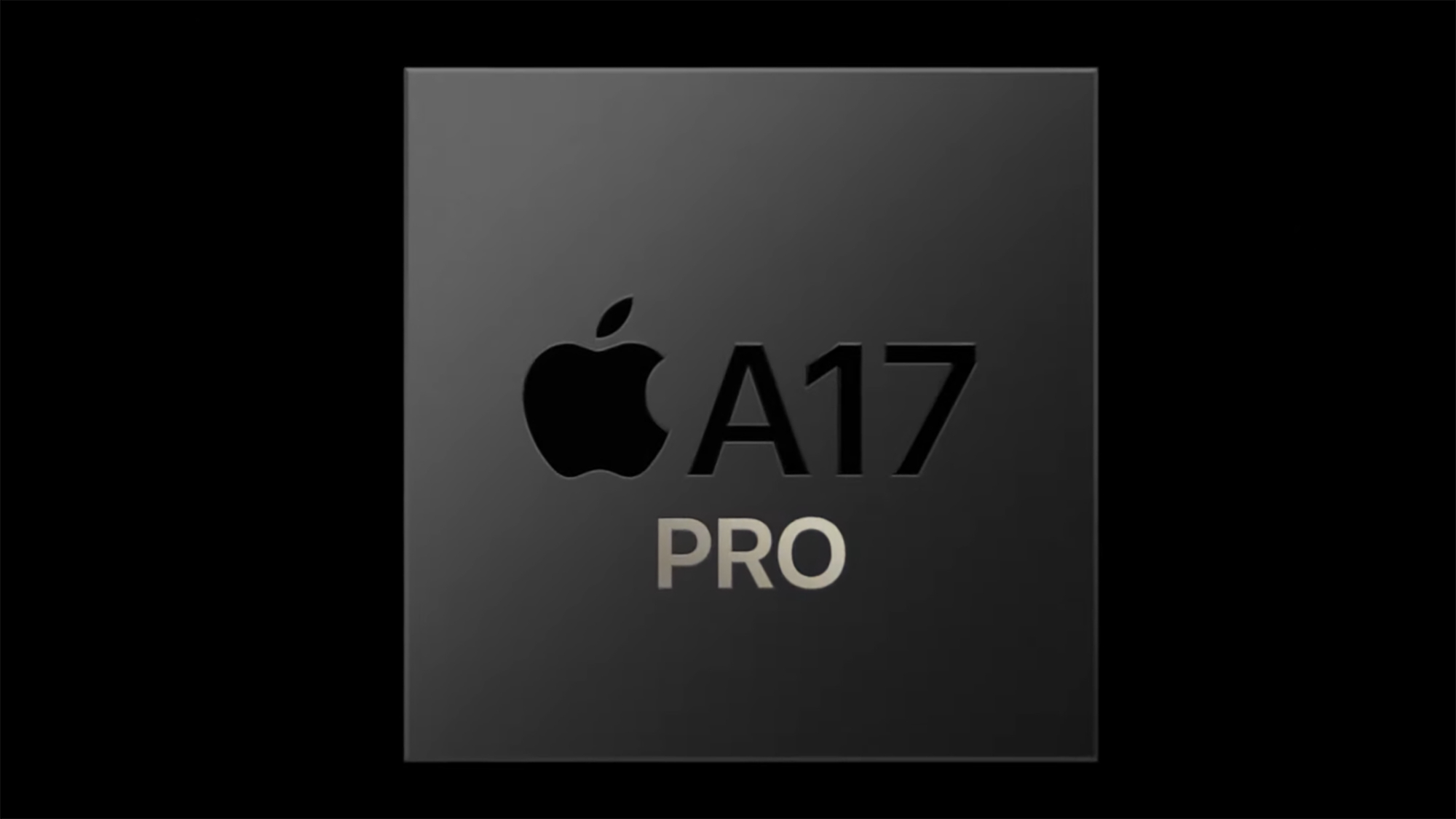OK, Apple, you have my attention with your new ray tracing A17 Pro chip
Apple brings ray tracing to mobile games. Is the M3 next?

Apple made news at its Apple September event when it announced the A17 Pro chip that powers the new iPhone 15 Pro and Apple iPhone 15 Pro Max – namely that it will support hardware ray tracing in mobile games.
If you've never heard of ray tracing before, it makes lighting in a 3D-rendered scene look incredibly realistic. Including real-time ray tracing has been something of the holy grail for the best PC games, where each frame (up to 30 frames per second and even higher) is dramatically lit to heighten the immersion and realism of the game's visuals.
Real-time ray tracing is an extremely taxing workload for a GPU to handle, however, and only the best graphics cards and best gaming laptops have the hardware necessary to perform ray tracing in real time. Very few games can realistically support the technology.
The fact that Apple is poised to bring this technology to a mobile device is a head-turner for anyone who's been interested in this area for the past few years. It's certainly going to make the best mobile games that much more interesting than they are already.

While the best gaming phones certainly have some serious hardware in them to allow for more than the simple games that have been mobile phone mainstays, the idea of adding ray tracing to any mobile game had previously been out of the question. As far as I know, the iPhone will be the first to do so, and that is a massive deal.
With Apple's extremely large pool of mobile game developers already creating games using Apple's Metal API for graphics processing, it should be a seamless process to include ray tracing in their titles. They can now bring a level of detail and realism that was previously reserved for the best gaming PCs and the best gaming console systems like the PS5.
It remains to be seen how well mobile game developers will be able to leverage this new technology. Plus, we're still some way from actually seeing it in practice, so I can't speak to the quality or the performance these games will offer when ray tracing is turned on. But Apple introducing hardware ray tracing into its custom silicon at any level has major implications for products beyond phones.
Sign up for breaking news, reviews, opinion, top tech deals, and more.
Why hardware ray tracing is important for Apple's new chip


To be clear, any processor can technically perform ray tracing, but the key is to do so quickly and efficiently. Software ray tracing – where traditional programming algorithms are used to carry out the complex series of lighting calculations for a scene – is very inefficient since it has to wait on CPU clock cycles for those calculations, and the CPU is doing an awful lot of work as it is, bogging things down.
Separate processors called graphic GPUs are overwhelmingly used for this purpose, but their hardware is typically not suited for carrying out these specific calculations. They also struggle to produce 24 frames per second (fps) of ray-traced 3D images that would convince the human eye that the image is moving, with 30fps being considered the bare minimum for what is considered "playable" in a video game.
To overcome this bottleneck, Nvidia was the first to introduce ray tracing-specific hardware in its RTX series graphics cards and, later, its mobile GPUs for laptops. AMD and Intel followed suit, introducing their own ray tracing-specific hardware, but Apple wasn't even a part of this conversation – until now.
By introducing ray tracing-capable hardware into its A17 Pro chip, Apple is showing that it's not only interested in advancing its gaming credentials but that it just might have the hardware to back it up. That's a big deal for a lot of reasons beyond just what the new iPhone 15 Pro can do.
Ray tracing on a Mac? It's coming.

The most important thing to know about what Apple is doing with its A17 Pro chip is that the ray tracing hardware in it won't be limited to that chip.
With the Apple M3 chip due out next year, it will almost certainly have a ray tracing-capable GPU built in. This has a lot of potential, not just for the best Mac games, but also for all kinds of creative workloads the Mac brand has long been known for.
While Nvidia has taken a lot of Apple's creative market share with its ray tracing-capable GPUs, Apple should be able to claw much of that back with a ray tracing-capable M3 Pro, M3 Max, and M3 Ultra.
In terms of gaming, Apple has been hesitant to jump into the PC gaming market with both feet, something I've been waiting for it to do ever since the M-series chips were released.
The M1 Max and M2 Max especially have shown considerable gaming potential if Apple could get more developers on board. With ray tracing, it just might be able to entice even more to at least build for the platform. Add in MetalFX Upscaling, and you have a compelling alternative to the Intel-AMD-Nvidia cacophony of hardware that developers are increasingly struggling to work with.
Given the PC gaming market share skews almost exclusively towards Windows (it's kinda in the name, after all), Apple will still have a huge effort ahead if it wants to be part of the gaming conversation. But Apple's hardware is rock solid when it comes to the technical aspects, especially if it adds ray tracing into the mix. It's also the kind of hardware that would be much easier for game developers to optimize for, so it has a lot of things in its favor. As always with Apple, though, it remains to be seen if developers will start to bite on the hook Apple's throwing their way.

John (He/Him) is the Components Editor here at TechRadar and he is also a programmer, gamer, activist, and Brooklyn College alum currently living in Brooklyn, NY.
Named by the CTA as a CES 2020 Media Trailblazer for his science and technology reporting, John specializes in all areas of computer science, including industry news, hardware reviews, PC gaming, as well as general science writing and the social impact of the tech industry.
You can find him online on Bluesky @johnloeffler.bsky.social